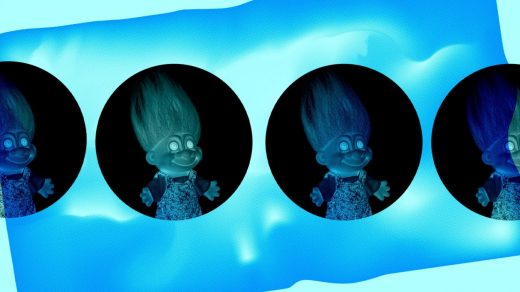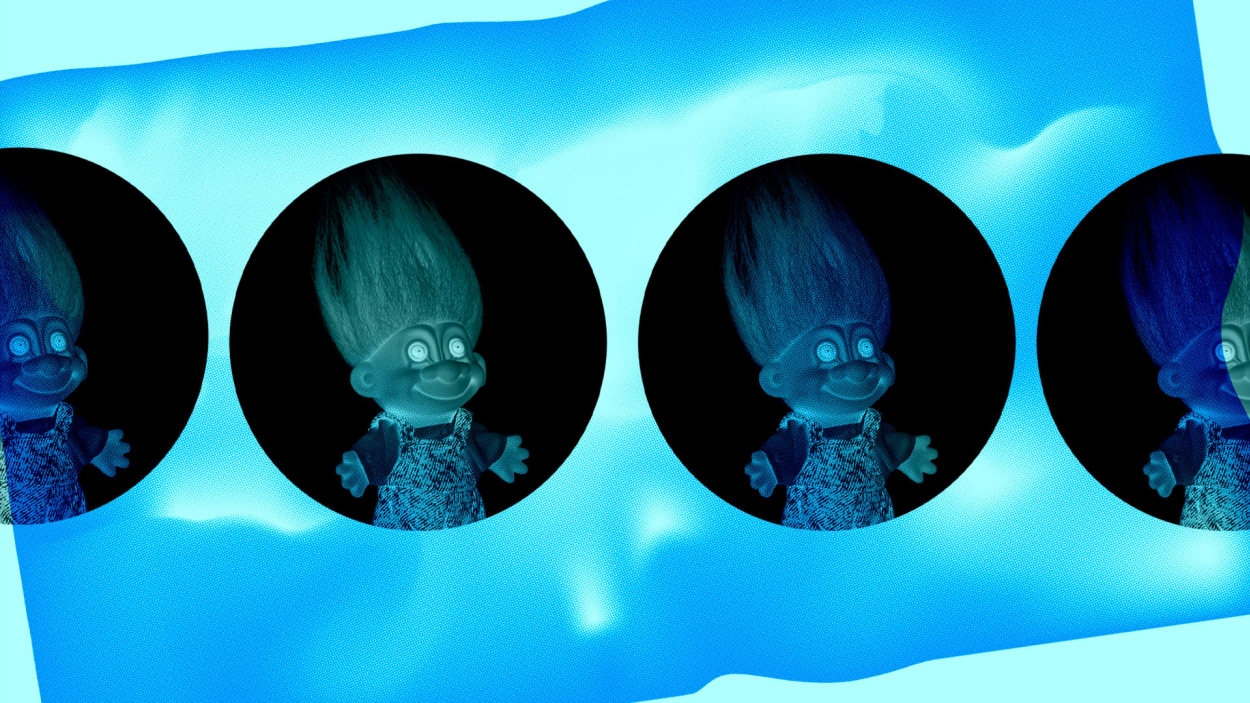Twitter Blue profiles are already a hotbed of misinformation
Twitter Blue, Elon Musk’s grand plan to rewrite the rules of verification, has been touted by the social media company’s new owner as a great democratizing solution to the issues he had with the platform’s legacy-verified accounts. For just $8 a month, accounts that otherwise wouldn’t have the clout of a verified badge on Twitter can now attain one, and with it, the legitimacy of being a trusted, verified source on Twitter.
There’s just one problem: A worrying proportion of the folks paying $8 for Twitter Blue are either wilfully or inadvertently pushing disinformation.
A new study by the Center for Countering Digital Hate’s (CCDH) Quant Lab shows over a quarter of tweets about Ukraine, vaccines, and climate change posted by paying subscribers to Twitter Blue contain misinformation.
“Elon Musk cynically claimed Twitter Blue would help combat scam content, but we found it has in fact put rocket boosters on the spread of lies and disinformation,” says Imran Ahmed, chief executive of the CCDH.
The CCDH pulled together a dataset of nearly 60,000 tweets containing the words “Ukraine,” “vaccine,” and “climate” posted by Twitter Blue users. These were users who had paid $8 a month to buy their subscription, as opposed to ‘legacy verified’ users, many of whom still have their blue check mark but have refused to pay for verification going forward.
The 58,588 tweets posted by Twitter Blue users containing one or more of those three words—which are often hot-button issues for dis- and misinformation, were all posted after Musk launched Twitter Blue on November 9. (Twitter did not immediately respond to a request for comment.)
Out of those tweets, the top 100 most interacted with tweets containing each of the three keywords were then analyzed. Those 300 tweets had more than 930,000 likes, retweets, and comments combined. The CCDH looked at the claims made in the tweets and fact-checked them against verified information reported on by the media or independent fact-checking organizations.
They found that more than one in four tweets contained information that was contrary to the truth. In all, 23% of tweets about Ukraine from Twitter Blue accounts that the CCDH analyzed contained mis- or disinformation; 30% of tweets about vaccines were false; and 28% of climate-related tweets were incorrect.
Vaccine-related tweets analyzed by the CCDH included those attacking Anthony Fauci, the chief medical advisor to the U.S. president, whom Musk has also attacked, tweeting on December 11 “My pronouns are Prosecute/Fauci.” Misinformation spread around the climate also came from the verified account of “catturd2”, an account previously removed from Twitter after promoting baseless claims about election fraud. CCDH analysis suggests that Musk has regularly interacted with the previously banned account since he became owner of the company.
“The problem with Twitter Blue and the notion you can pay to play introduces a number of maldistributions of power into Twitter,” says Siva Vaidhyanathan, the Robertson Professor of Media Studies and director of the Center for Media and Citizenship at the University of Virginia. “The fact that people who can and will pay $8 a month tilts the power toward people who generally support and cheer for Elon Musk. Those people tend to be extremists; they tend to radicals; they tend to be steeped in conspiracy theories. And they tend to be from North America and Western Europe.”
That’s a concern when Musk’s stated aim of verification is to allow accounts greater priority in Twitter replies and notifications. In an early November Q&A session with advertisers held through Twitter Spaces, Musk said that non-verified accounts on Twitter would be treated akin to spam email senders, with their messages deprioritized on the platform. Just this week, Musk has hinted that verified users will be the only users able to vote in polls about future policies of the platform.
“For just $8 a month snake oil salesmen, conspiracy theorists, and even hostile-state actors have jumped to the head of the queue on Twitter, enjoying greater visibility and reach,” says Ahmed.
For Vaidhyanathan, the risk is that the pay-to-play element of the app disenfranchises voices that need to be heard. “Twitter Blue is a formula to make sure the prime voices on Twitter are pro-Musk, are pro-North American, and pro-Western Europe—and that means they are going to be overwhelmingly white and steeped in the most dangerous, politically radical ideologies, including deep conspiracies like QAnon,” he says. In this way, measuring the spread of mis- and disinformation is kind of like diagnosing the flu by the fever it creates.
“The fever is a symptom, but it’s not the illness itself. I think it’s a mistake to focus on disinformation,” he says. “The real danger is the overall effect of certain messages that might or might not be true in a way that disrupts how people think about the world, about the people around them, and about politics. The real danger of Twitter Blue is that it shifts the power to those who are not invested in equality, justice, or democracy.”
Some users who have paid the $8 a month for Twitter Blue have been underwhelmed by what it grants them. Promised a premium experience for their money, they’ve felt that the money wasn’t worth it. Advertisers have also shied away from forking out for the experience, waiting to see whether the standard of content on the premium tier of the platform was worth it.
“Trolls can buy the top spot in ‘replies’ allowing their bile to prominently disfigure any other user’s post,” says Ahmed. “Our findings should act as a clear warning to advertisers that things can and will get worse on Elon Musk’s Twitter. How much more harm will they enable before they realize the cost to their brands and to society is too great?”
(27)



